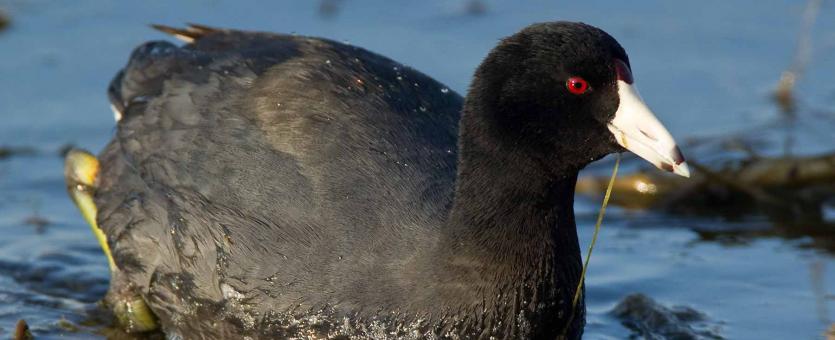
The American coot is a black or dark gray ducklike member of the rail family. Adults have a black head and neck, an ivory-white bill with a black ring near the end, and yellowish green legs with lobed feet. The outside of the under tail feathers is white. Song is a series of chickenlike notes and grating and crying sounds, louder and less nasal than common gallinule.
Similar species: The common gallinule (until recently considered the common moorhen) is a rare migrant and locally rare summer resident usually in big river floodplains. The adult resembles a coot but has a red, yellow-tipped bill and a red facial shield. The call is similar to the chickenlike clucking and whinnying of the American coot but higher and more nasal.
Length: 16 inches (tip of bill to tip of tail).
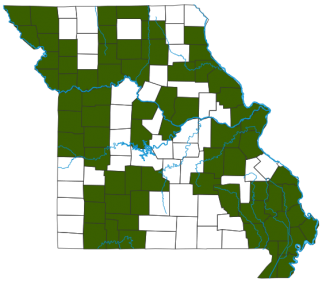
Statewide.
Habitat and Conservation
Look for American coots on lakes, marshes, ponds, rivers, and swamps. Coots occur in wetlands, preferring marshes dominated by robust emergent vegetation interspersed with water. They require stable water levels during nesting season.
Food
American coots are omnivorous, feeding on a large variety of aquatic and terrestrial vegetation and foraging for a variety of invertebrates and other small animals.
Status
Common migrant. Rare summer resident in marshes with nesting numbers fluctuating greatly between high- and low-precipitation years. Rare winter resident, with most birds reported in southern Missouri.
Life Cycle
Coots weave vegetation into shallow nests that float on water, attached to upright plant stalks. A clutch usually contains 8-12 eggs, which are incubated for 23-25 days. The young are covered with down and are able to leave the nest within hours of hatching. American coots can live for more than 20 years.
Human Connections
Coots are sometimes hunted for sport, but they are usually not considered good eating. In their wetland habitats, their bodies absorb environmental pollutants, and researchers use them as a way of gauging the amount and types of pollutants in the environment.
Ecosystem Connections
Don’t underestimate the impact of grazers. Though they seem to only nibble, a group of them steadily nipping at plants can eat a staggering amount of vegetation over time.


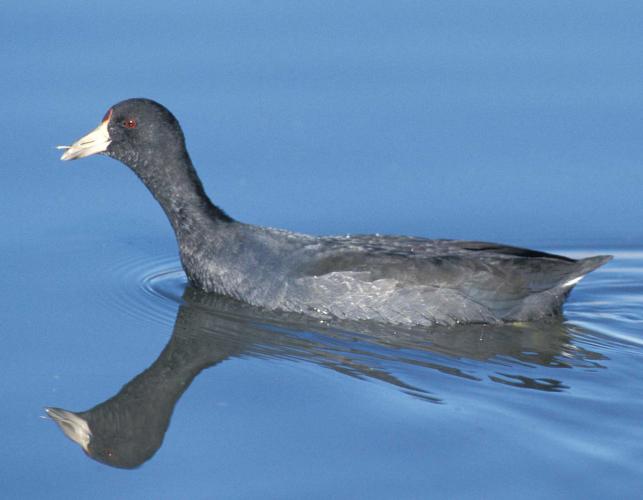
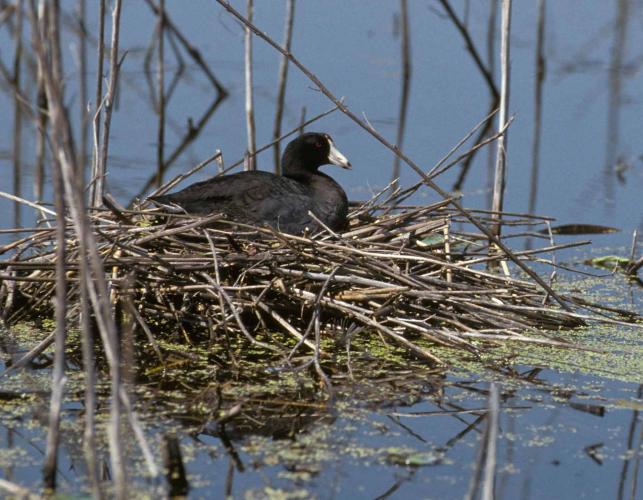
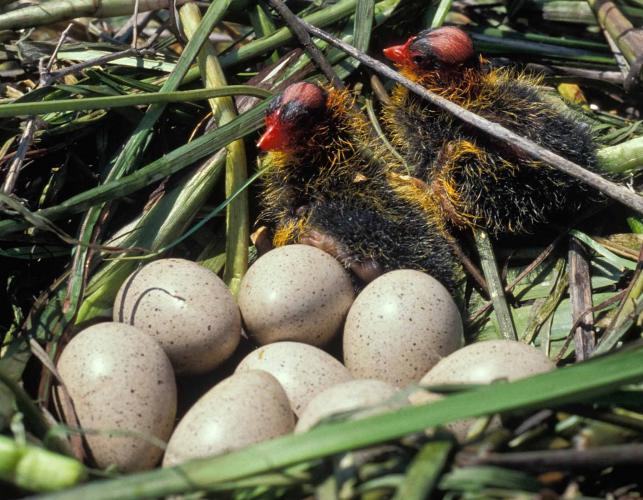
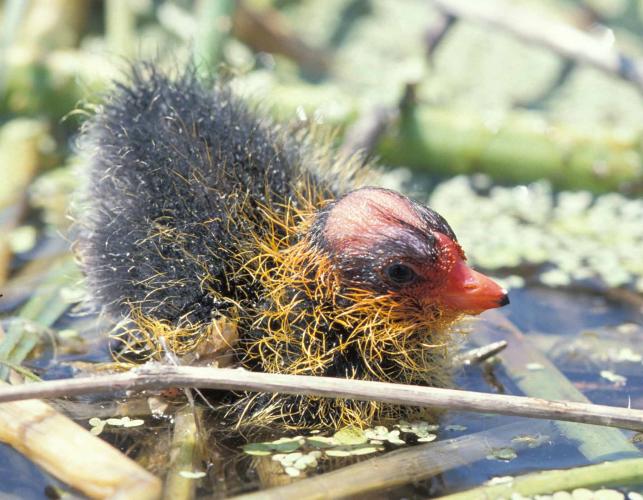
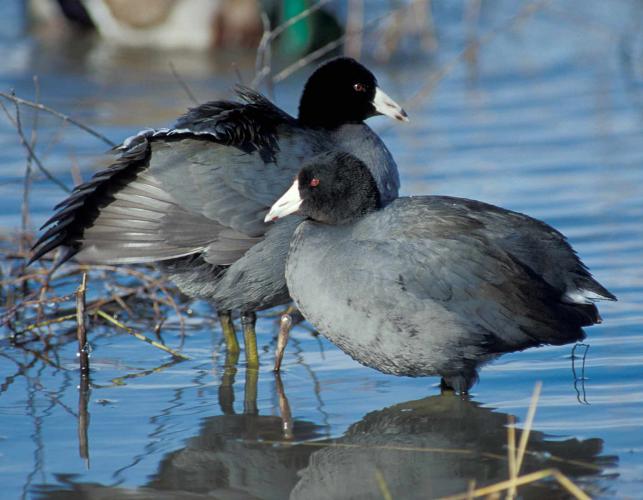

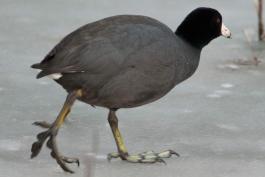

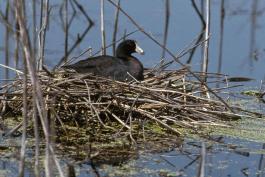


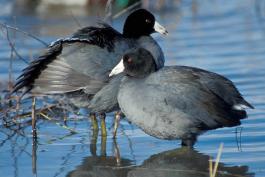
Where to See Species
About 350 species of birds are likely to be seen in Missouri, though nearly 400 have been recorded within our borders. Most people know a bird when they see one — it has feathers, wings, and a bill. Birds are warm-blooded, and most species can fly. Many migrate hundreds or thousands of miles. Birds lay hard-shelled eggs (often in a nest), and the parents care for the young. Many communicate with songs and calls.






















